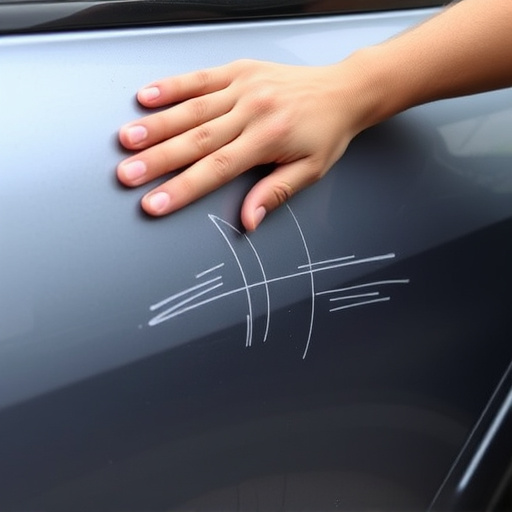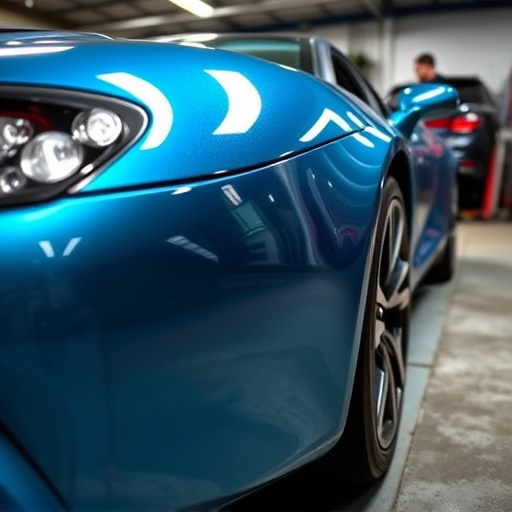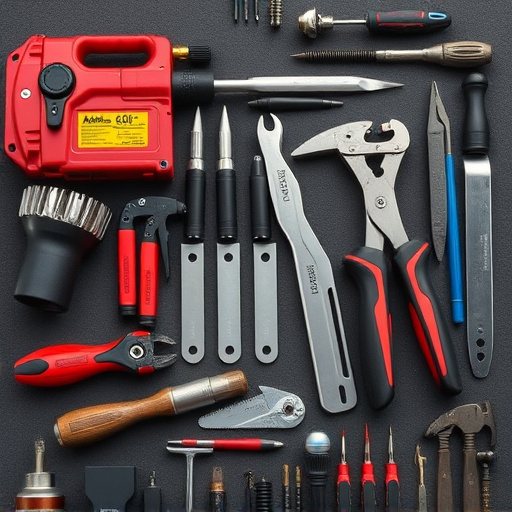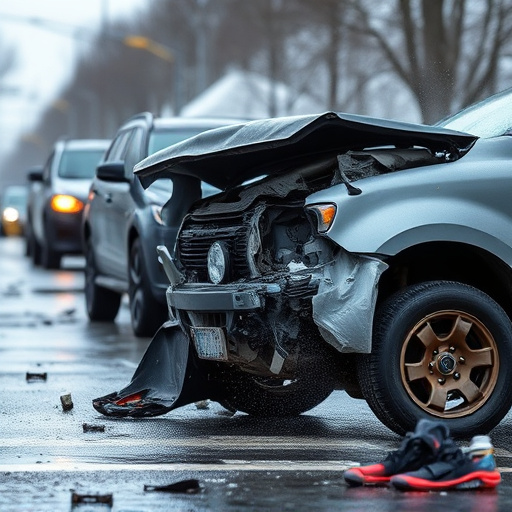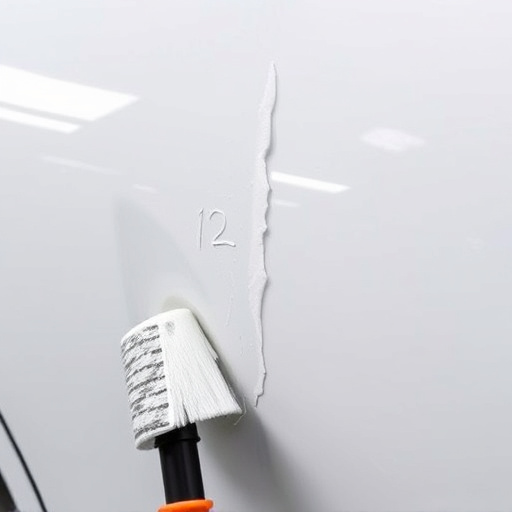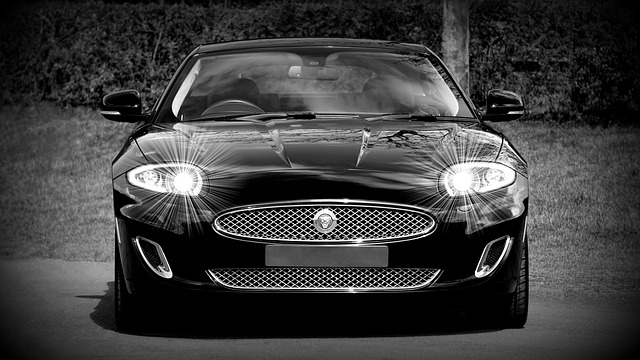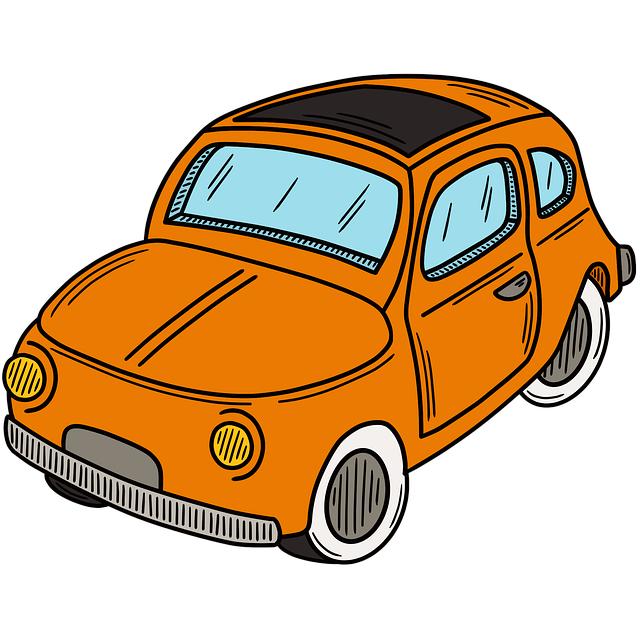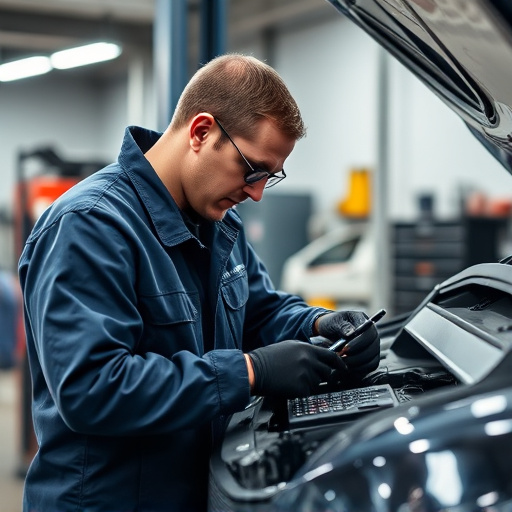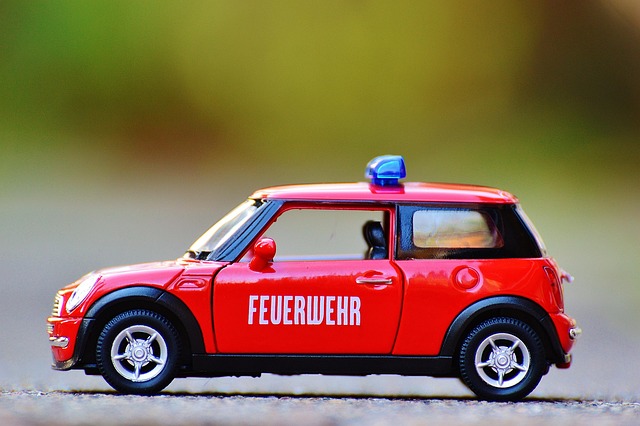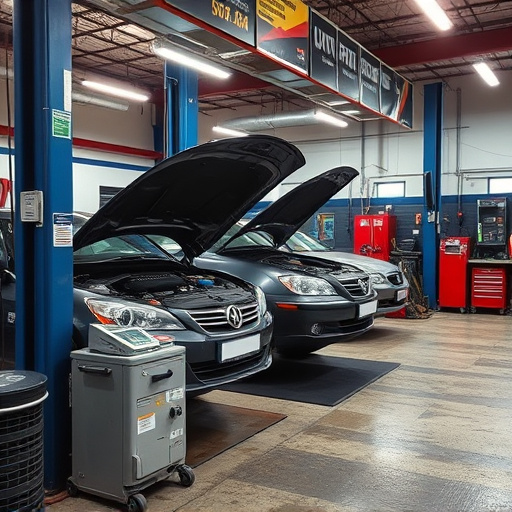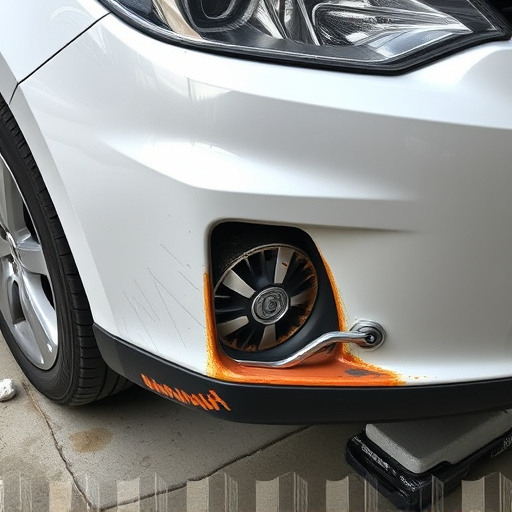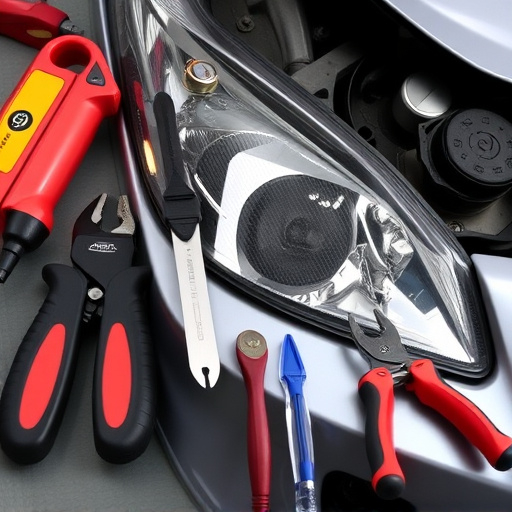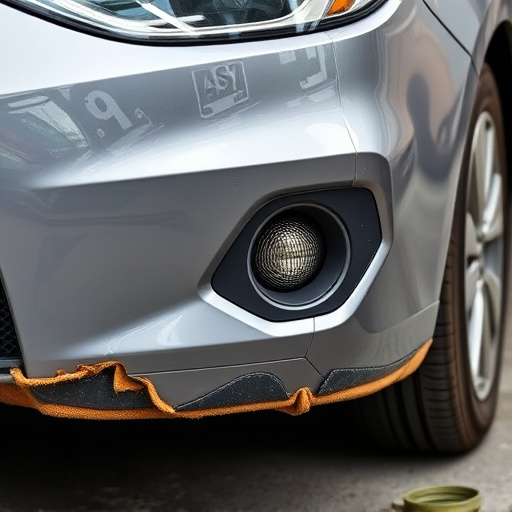Auto bumper repair addresses damage ranging from minor dents to severe deformities, with techniques varying by material and severity. Surface dents can often be fixed using specialized tools or heating, while more critical issues may require replacement parts and skilled labor. Environmental factors like weather and road salt can accelerate corrosion, necessitating professional restoration. The process involves meticulous inspection, precise repair methods, surface preparation, expert painting, and selection of high-quality materials for plastic and metal restoration to ensure top-notch auto bumper repair.
“Auto bumper repair is a vital skill for maintaining your vehicle’s aesthetic appeal and safety. This comprehensive guide delves into the intricacies of auto bumper damage, exploring common causes and diverse types. We provide a step-by-step process for effective repairs, ensuring your bumper looks as good as new. Additionally, we dissect the critical aspect of choosing the right materials for plastic and metal restoration, offering valuable insights for successful auto bumper repair.”
- Understanding Auto Bumper Damage: Common Causes and Types
- The Process: Step-by-Step Guide to Effective Repairs
- Choosing the Right Materials for Plastic and Metal Restoration
Understanding Auto Bumper Damage: Common Causes and Types
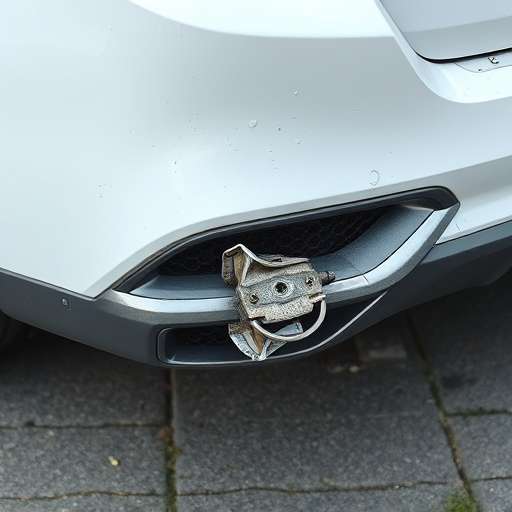
Auto bumper damage can range from minor dings and dents to significant deformities, often caused by collisions, parking mistakes, or environmental factors. Understanding these common causes is key when considering auto bumper repair. Dents, for instance, are a frequent occurrence due to accidental contacts with other vehicles, shopping carts, or even curbs during parking or driving. These impacts can lead to both cosmetic and structural issues, requiring expert attention.
In terms of types, some bumpers suffer from simple surface dents that can be easily corrected through techniques like pounding, heating, or using specialized tools. More severe cases involve cracks, breaks, or complete detachment, which may necessitate replacement parts and skilled labor for auto bumper repair. Environmental factors, such as harsh weather conditions or road salt, can also contribute to corrosion and deterioration, especially in metal bumpers, calling for professional restoration to restore their original condition.
The Process: Step-by-Step Guide to Effective Repairs

The auto bumper repair process involves several meticulous steps to ensure a seamless and durable fix for both plastic and metal surfaces. It begins with careful inspection to identify the extent of damage. This is crucial in determining the appropriate repair method—whether it’s a simple dent removal or a more complex replacement. For plastic bumpers, technicians often use specialized tools to pop out and replace damaged sections, then carefully align and secure them back into place. In cases of severe dents or crimped metal, a more intricate process is required.
The next step involves surface preparation, which includes cleaning and sanding to create an even base for painting. This meticulous preparation is vital for ensuring the longevity of the repair. After priming the area, technicians carefully apply matching auto paint, using expert techniques to blend seamlessly with the rest of the vehicle’s exterior. For mercedes benz repair or any car repair services, a final coat of clear coat protects the finish and enhances its glossy appearance, making it virtually indistinguishable from the original bumper.
Choosing the Right Materials for Plastic and Metal Restoration
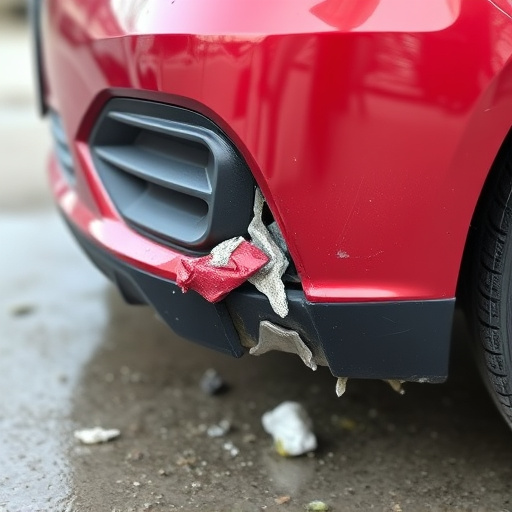
When undertaking auto bumper repair, selecting the appropriate materials for plastic and metal restoration is paramount to achieving a seamless finish. For plastic surfaces, it’s essential to use high-quality automotive-grade plastics that match the original material precisely in terms of color, texture, and hardness. This ensures not just visual similarity but also structural integrity, especially after potential exposure to varying weather conditions.
For metal repairs, choosing the right composite or metal filler is crucial. These should be compatible with the existing metal and designed for durability under stress. Additionally, proper preparation of the damaged area, including sanding and cleaning, is vital to ensure adhesion and longevity of the repair. Opting for professional-grade materials and following recommended application techniques will result in a top-notch auto bumper repair that matches the vehicle’s original specifications, whether it’s for hail damage repair or addressing other minor dings and dents, with services available at an auto repair near me.
Auto bumper repair is a feasible solution for both plastic and metal surfaces, offering cost-effective and efficient restoration. By understanding the types and causes of damage, following a structured process, and selecting appropriate materials, you can successfully revive your vehicle’s exterior. Armed with this knowledge, you’re ready to tackle auto bumper repair, enhancing your car’s aesthetics and preserving its value.
